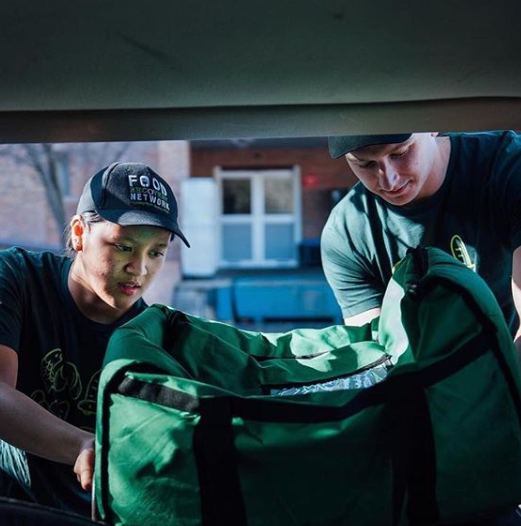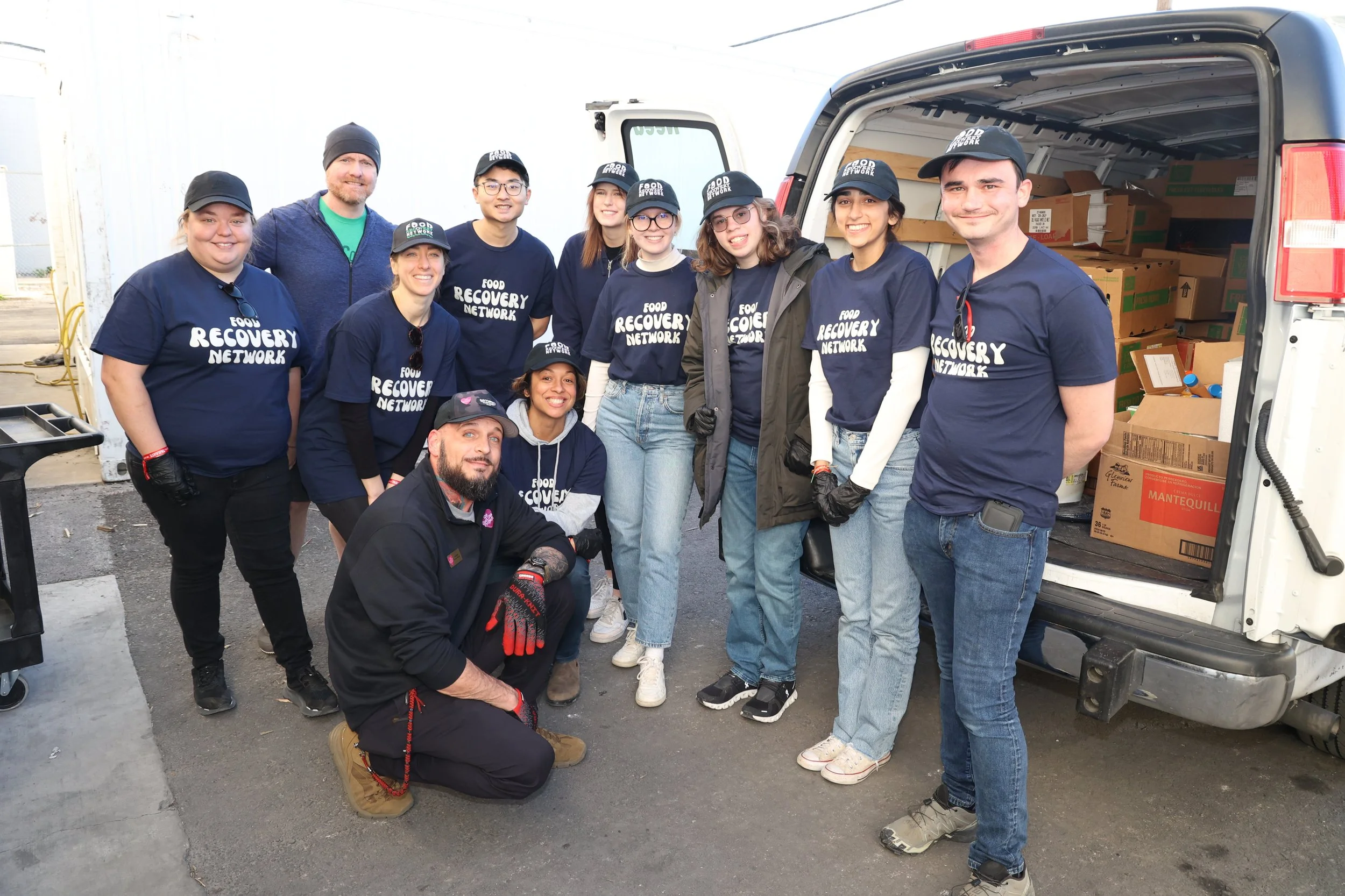““Even in the relatively small, but growing, food justice circle, there exists a plethora of career options that utilize a wide variety of skill sets, all working toward the same end goal of creating a more sustainable and just food system.””
When one thinks of the term “active citizenship”, images of protests, rallies, and petitions may first come to mind, perhaps followed by visions of serving food at the local soup kitchen, or volunteering every week at a nursing home. This summer, through the Tisch College of Civic Life at Tufts University, I had the opportunity to work at Food Recovery Network (FRN) and frame the idea of active citizenship in the context of a career. While it is always important to volunteer in your community and fight for causes you care about in your spare time, it seems that more and more people of my generation are hoping to build a career around this idea of active citizenship, and devote their professional lives to important societal issues. And the good news I have learned this summer is that this is becoming more of a viable option, and there isn’t just one way to do it.
Many of my fellow classmates in the Tisch Summer Fellows program are also seeking opportunities in civic-oriented careers - whether it be working for the League of Women Voters, the Asia Foundation, or the National Housing and Rehabilitation Center, to name a few. Due to my interest in environmental and human health issues, FRN was my first choice of placement for this summer, and working here has pushed me to think a lot about how I can make my own personal impact in this field and pursue active citizenship long term through a career.
FRN staff members gleaning cucumbers from a family farm in Federalsburg, MD
One important observation I’ve made this summer is that there isn’t just one type of person or one set of skills that is needed in civic-minded careers such as those in the food justice space. Even in the relatively small, but growing, food justice circle, there exists a plethora of career options that utilize a wide variety of skill sets, all working toward the same end goal of creating a more sustainable and just food system.
In just FRN’s office alone, our small team brings forth many different skills, including GIS mapping, social media and communications work, web design, fundraising, event planning, outreach, data collection and analysis, financial management, and organizational leadership. The office consists of people with different educational and professional backgrounds, but all with the shared goal of expanding food recovery and donation, one subset of food justice work.
Tori Wong working on FRN’s Chapter Overview Map
When asked about the significance of her work doing GIS mapping for FRN, my co-worker Tori Wong, another Tisch Summer Fellow, said, “Learning new GIS software for my fellowship at Food Recovery Network has shown me how important and powerful maps can be in the nonprofit sector. My work here has even inspired me to change my class schedule and take an advanced GIS course when I return to Boston in the fall to finish my Master’s program.”
And GIS isn’t the only skill that has a hidden importance in the food justice movement. In addition to skills that are more commonly associated with food justice, such as food science, community organizing, and non-profit management, there are plenty of other skill sets that are just as important, and beginning to have a greater presence in the field. App/software developers, for example, are in increasingly higher demand, as apps have been monumental in making recoveries and donations more efficient. Similarly, business, entrepreneurial, and marketing skills are needed to create innovative business models, or sell products and services, that help reduce both producer and consumer food waste.
Beyond this, there are many skills that may not be stereotypically associated with mission driven fields, but are actually in high demand, meaning that your degree and skill set may give you more options than you think. Active citizenship no longer has to occupy only the limited free time we have to volunteer on the side, but instead can be the basis for a fulfilling, lifelong career committed to the causes that are most important to us and to our generation.








